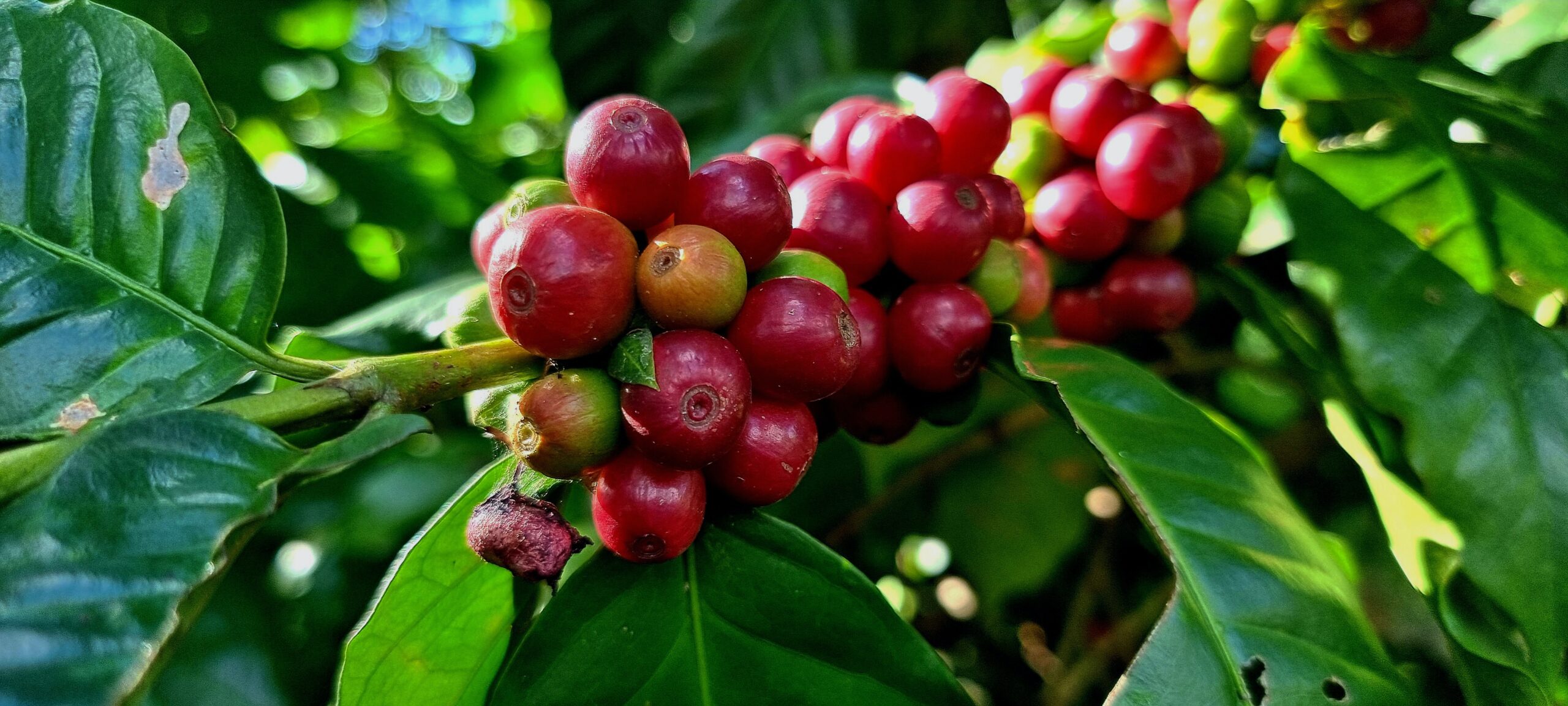Coffee is, by and large, produced by smallholder farmers, which means sustainable practices need to be profitable.
With one in ten hectares of agricultural land dedicated to its growth, soy is one of the world’s most important crops. Its prominence also makes it one of the second largest agricultural drivers of global deforestation. When it comes to negative press associated with deforestation, soy is rarely far from the spotlight. Yet, with global regulations coming thick and fast, the benefits of managing the deforestation risks in your supply chain are clearer than ever. Proving that your soy products aren’t associated with deforestation is essential for securing market access, avoiding fines, improving smallholder livelihood and unearthing new business opportunities in the supply chain.
Unfortunately, when it comes to finding out who is producing what, and who can be held accountable for deforestation in the supply chain, soy can be a mystery. Very little of the soy supply chain is traceable down to the farm level, but the sector is working hard to change that. Furthermore, with the Roundtable on Responsible Soy, the sector now has the right forum in place to turbocharge collaboration and its benefits. Satellite deforestation monitoring is an essential tool for ensuring soy supply chains are sustainable, and can help keep soy in the headlines for the right reasons.

We spoke to Carble’s Noura Hanna and Sander Reuderink about the future of sustainable coffee and how satellite technology is helping create sustainable supply chains without leaving smallholder farmers behind.
Can you speak broadly about the coffee industry’s recent efforts to fight supply chain deforestation?
Noura Hanna: Deforestation is the biggest cause of carbon emissions in the production of a bag of coffee. In recent years, the coffee industry has prioritised fighting deforestation. Apart from the devastating effect of climate change on farmers’ livelihood and our planet overall, climate change is also a threat to the future supply of coffee.
It is estimated that climate change could cut suitable areas for coffee in half by 2050. Remaining suitable areas will be at higher altitudes — areas with the last remaining intact tropical forests. Coffee can help conserve these forests, or it can put pressure on them.
As with other commodities like rubber, has there been increased interest in making coffee supply chains sustainable in recent years?
NH: Yes – this can be captured by mapping the ambitious commitments of leading coffee brands and substantial investment committed to reach these goals.
Furthermore, both leading coffee brands and smaller SMEs, convened through multi-stakeholder platforms such as the Sustainable Coffee Challenge (SCC), the Global Coffee Platform (GCP) and the International Coffee Organisation (ICO), are joining hands in a pre-competitive set up to better understand their footprint and to identify areas where coffee has an opportunity to avoid ongoing rampant deforestation and contribute to reforestation.
Carble is a member of the SCC and is one of the companies contributing to this joint effort by offering solutions to ensure that coffee and cocoa production benefits all people within the supply-chain, while remaining within our planetary boundaries.
Are there any sustainability challenges that are unique to the coffee industry?
NH: Yes and No. Unfortunately, a number of tropical commodities face similar challenges when it comes to deforestation or poverty among small scale holders.
What could differentiate the coffee sector is the great diversity both in crops, farming structure and market dynamics.
For example, the robusta and arabica varieties are farmed differently – which implies different effects on landscapes. These are also exposed to different market dynamics with robusta being often linked to the mainstream coffee market and arabica to the specialty coffee segment. The sustainability challenge for each differs, as does the opportunity for investing in sustainability programs.
Another characteristic of the coffee market is historically high price volatility – partially due to the extensive coffee future markets. Price volatility dramatically affects the livelihood of smallholder farmers, who represent about 50% of total production and 80% of total population of coffee producers around the world.
What effects do you think the EU regulation will have on the coffee industry?
NH: For over a decade – with the signing of the UN Guiding Principles for Business and Human Rights in 2010 – we witnessed a global trend to translate international guiding principles into national or supranational legislation.
Governments are moving from encouraging voluntary commitments through subsidies and other similar instruments to requiring companies to pick up their responsibility through entrenching new legislation.
Both the EU Deforestation Regulation and Corporate Sustainability Directive are very welcome as they increase the path of working on tackling these efforts.
However, these legislations, when they come into force, are applicable only to the largest multinational corporations, leaving out a large portion of the market. Despite these flaws, the legislation sends a clear message to all actors to get prepared.
Any thoughts about what the next steps might be for sustainable coffee? What would you like to see happen in the future?
Sander Reuderink: In a way, the move to net zero and the resulting carbon price are an opportunity to move a step closer to true cost accounting: a cost that used to be an externality that was not included in the price of a product (carbon emissions), is slowly becoming internalised.
To ensure that coffee truly benefits all people within the supply-chain while remaining within our planetary boundaries, we have to go beyond monitoring sustainable practices and towards monetizing sustainable practices.
What steps is the industry taking to relieve the pressure of heightened sustainability requirements on smallholder farmers?
NH: On both climate and the livelihood challenges, individual companies as well as convened working groups under the three platforms we mentioned before are organising and aligning their effort to learn and invest. The ultimate goal is to further increase the resiliency and livelihood of coffee growing communities – including commitment to support a prosperous and adequate living income to producers in their supply chains.
While the commitments of the industry have increased in the past 5 years, the impact of these efforts and interventions have not yet created enough change in addressing these challenges.
Do you think that coffee lends itself particularly well to agroforestry?
SR: I remember the first time that I visited a coffee farm in Ethiopia and a farmer proudly showed me his farm. I didn’t get it, I only saw a forest. It was much later that I learned that this type of agroforestry is very common in many traditional coffee growing countries, and that it has huge benefits for our planet. Sadly, farmers were not being paid for the services that they provided to the ecosystem, and as a result coffee forests rapidly disappeared.
How big a role do you think tech like satellite monitoring will have to play in helping coffee companies comply with anti-deforestation legislation?
SR: In order to reach the goals of the Paris Climate Agreement, we will need to monitor the monetized carbon emissions reductions for millions of smallholder farmers. The scale of this challenge is beyond anything that could be done by people alone. Technology allows us to multiply human potential and do our best work. The kind of work we will need a lot more of in order to reach planetary net-zero by 2050!

